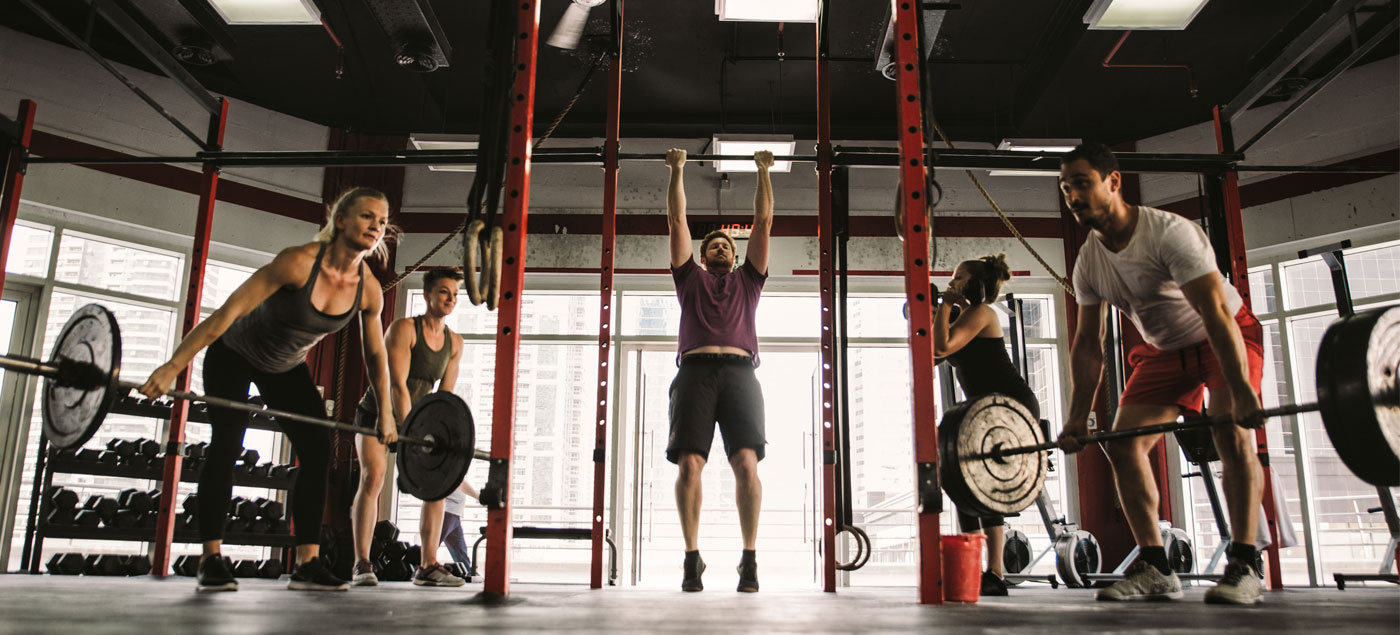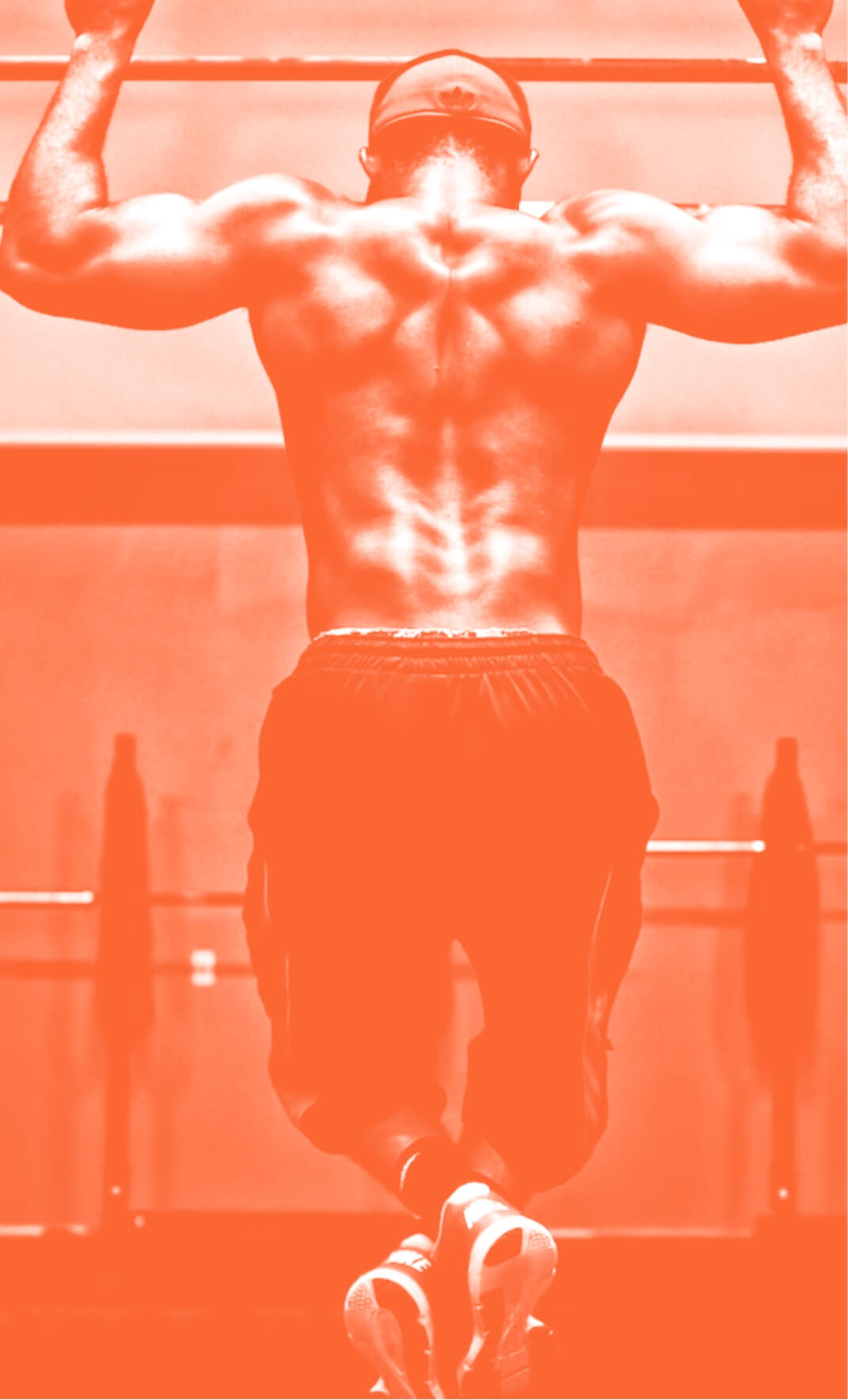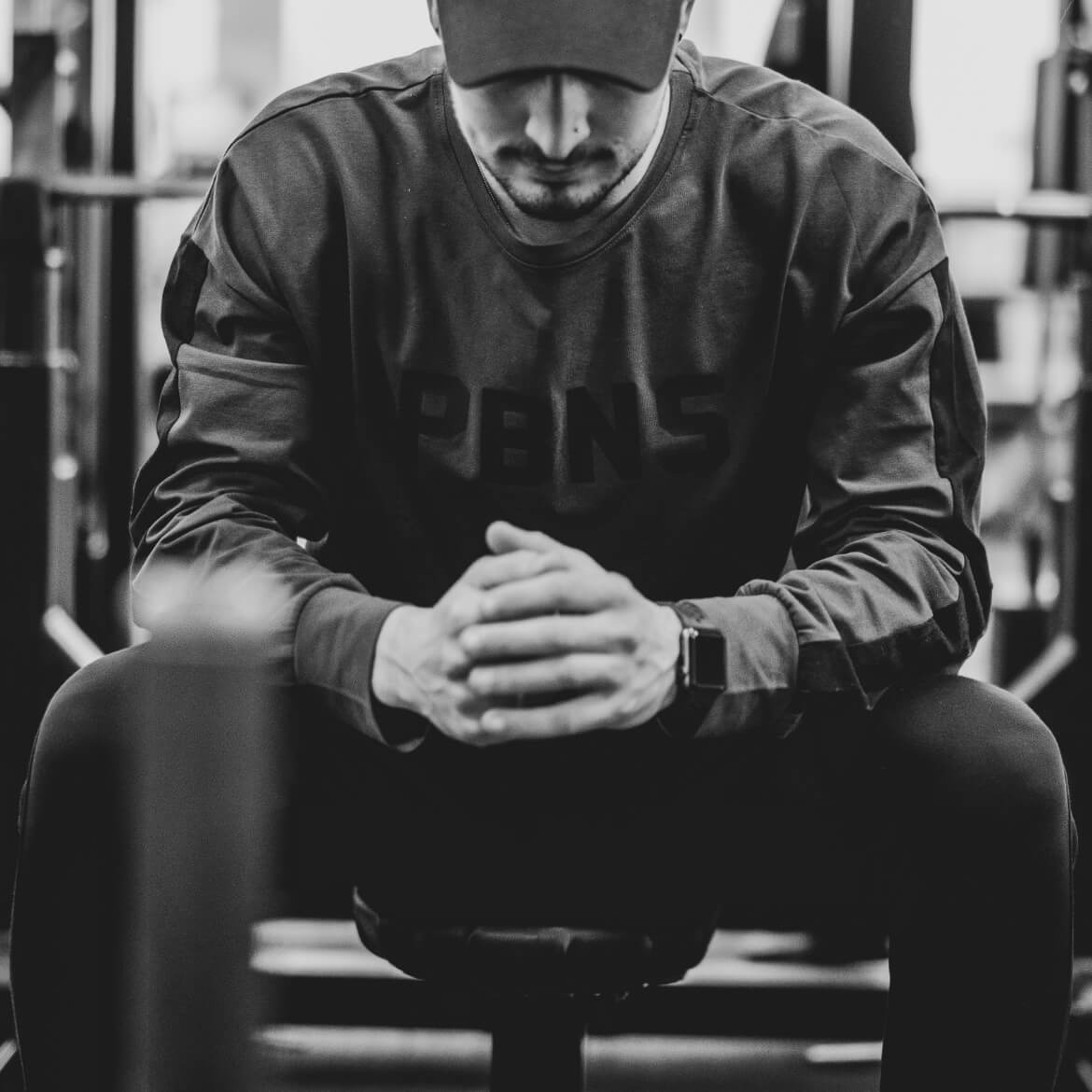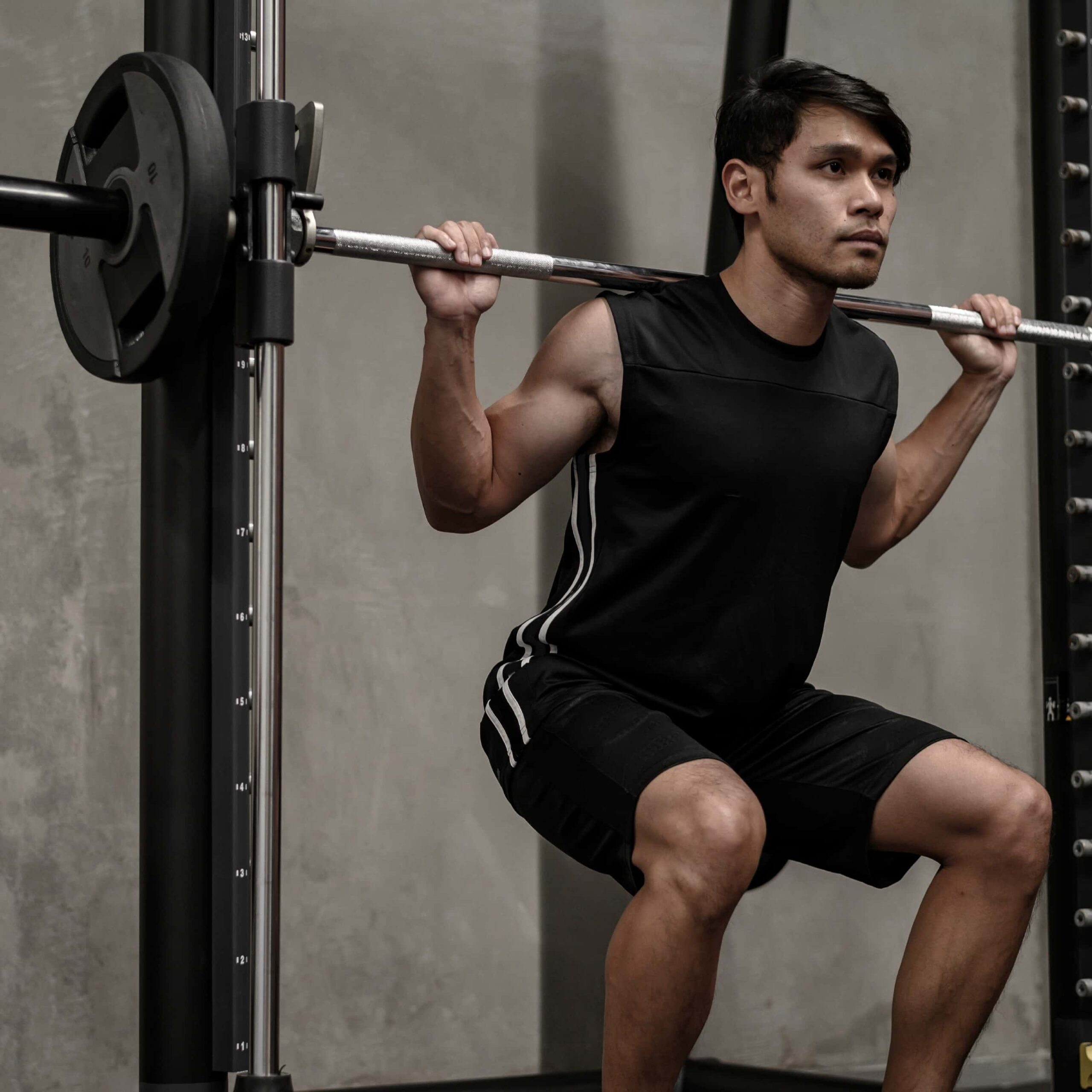A Guide to Training for Functional Strength
23rd Jan 20

When it comes to exercise, the term functional strength gets thrown around quite a lot. It seems to be a thing people always want to improve and build upon to show how strong they really are, and they’re definitely not far wrong. Learning what it actually means, however, is more than that. To utilise it to its fullest potential, you need to understand what goes into making it so great.
Want to move fast? Jump to the right section below.
- What Does Functional Strength Mean?
- Which Exercises Improve it?
- What Are The Benefits of Functional Strength?
- Training for Functional Strength
- The Functional Strength Training Workout Plan
What Does Functional Strength Mean?

Functional strength is pretty much just that; strength with functionality. It’s the strength that helps us out on a day-to-day basis in ways that our bodies were designed to move. It comes from a much more primitive side of life, and it’s what makes us all able to move in the way we do. All of that’s pretty useful, actually.
Functional strength exercises all have transferable uses to everyday life for most of us, and it’s what helps make us, us. Anything that helps you lift more or makes life easier is generally in the same category, and usually, it all comes from big compound exercises. These are what use multiple muscles in unison to generate that real-world practicality, after all. It’s very rare to need an isolated muscle.
Essentially, it’s the strength that lets you actually lift things in real life.
Which Exercises Improve it?

If you’re looking to improve your own functional strength, then you need to be doing the right stuff. Some of the best exercises that actually use and build functional strength come from some of the biggest lifts you can possibly do. That’s what makes them so incredibly useful.
The best examples are things like squats, deadlifts, shoulder presses, pull-ups, push-ups… anything that actually gets you moving most of your body in a way that you would do in day-to-day life. It sounds silly since you might always feel like that, but take a look at some exercises like machine pec flyes, for example; this is nearly impossible to see on a day-to-day basis. Try to lift a heavy box, however, and you’re almost definitely going to see your deadlifts and squats paying off. Get the picture?
What Are The Benefits of Functional Strength?

So, on top of the obvious benefits of functional strength, which help you in everyday life, it does also have a few more tricks up its sleeve too. It’s not all about being able to lift big weights, after all.
Injury Prevention
Functional strength means you’re much more able to handle daily life, and as a result, you’re less likely to have an injury. It does make sense since objects being too heavy often leads to mishandling, and that’s how most accidents happen (especially if you have a laborious job).
Muscle building
Building muscle is bound to happen when you’re using big compound exercises, and that’s precisely what happens when you want to develop functional strength. Strength and muscle tend to go hand in hand, after all.
Easier Training
Strength and muscle are very different things, and having functional strength is one of the best ways to build both. As your real-world strength increases, it has a direct impact on your training too. It sounds like the exact opposite of everything that we’ve said, but it’s true. It means all of the exercises that you’re used to getting much easier since you’re so much stronger!
Training for Functional Strength

When it comes to training for functional strength improvement, things to get a little more specific to what functional strength actually is. It’s pretty unique in how it plays out, and it really is more of a hybrid of building muscle, building strength and keeping flexibility. It’s vital that you can get it right.
Bodyweight & Callisthenics
One of the best ways to help with your training for functional strength is to open up the world of callisthenics. Callisthenics isn’t an easy way to exercise by a long shot. Some of the most significant feats of strength in the exercising world come from callisthenics, even without any weights. It’s hard to picture, but it’s true.
Exercising using your body weight is a great way to keep some of the pressure off your joints without having to sacrifice muscle overload, so it’s almost like the perfect blend of all weight training. The exercises all help to boost your flexibility and mobility too, so they are always worth practising.
Here’s a guide on it to help you get started.
Low Reps High Weight
Another great way to help you really skyrocket your progress is by using higher weights for fewer reps and sets than you might be used to. This is an example of strength training at its finest, and as a way to help boost some of the bigger muscles, it’s a great one to use.
Compound exercises have a world of benefits as it is, and using smaller sets with bigger weights just begs for more power and an increase in functional strength as a whole. Your squats, deadlift, bench presses and upright rows will all really benefit from this one, even if it’s only once a month or so that you do it
(Training like this too often will result in a decrease in flexibility over time, so that’s worth noting).
Isometric Exercise
This one is a bit of a wildcard, but since functional strength is the strength that has real-world application, isometric exercise does still have merit in training to improve it. Some exercising, in particular, has much more merit here than others. With the correct use and the right idea, you can definitely help to push your functional strength in the right direction.
Hangs
One of the best examples of this kind of thing comes from moves like hangs, where although you are not actually moving, you’re still having what could be one of the best possible muscle contractions imaginable. As a result, your back, arms, core and forearms, in particular, all come together to make you stronger.
Holds
Holds are a lot in the same way similar to hangs in that the benefit, as with all isometric exercises, comes from a prolonged contraction to push your limits. L sit holds, wall sits, and even resistance band holds are all prime examples. They show how you need real strength to be able to keep your whole body fixed into place.
Plyometric Exercise
The last big point we’ll look at to slingshot your functional strength training comes from plyometric exercises. These are the big explosive exercises you can use to boost strength as much as possible by recruiting the twitch muscle fibres that make up your body rather than the heavy holds. By contracting sharply and rapidly, your muscles launch a massive amount of force in a tiny amount of time, resulting in a big movement.
Putting this into context, clap push-ups, box jumps, and medicine ball throws are some of the best examples to use. All of these need you to put a huge force into your motion and push something at a high force as a result (like you leaving the floor!)
The Functional Strength Training Workout Plan
To help you take things to the next level completely, we’ve put together an awesome workout plan spanning a huge 12 weeks to help you boost your functional strength more than ever. It’s hard, but the exercises involved are all amazingly functional, and you’ll see the difference in no time.
Workout 1
Resistance Band Runs 5×10 Seconds
Squats 4×8
Upright rows 4×8
Medicine Ball Slams 4×10
Bar Hang 45 Seconds x 5
Snatch 5×5
Workout 2
Sled Pushes 5 x 10 Seconds
Lunges 4×12
Kettlebell Swings 4×8
Clap Push Ups 4×10
Wall sits 45 Seconds x 5
Push Press 5×5
Workout 3
Box Jumps 4×10
Deadlifts 5×5
Pull Ups 4×10
Push Ups 5×20
Hollow Body Hold 45 Seconds x 4
Clean & Jerk 5×5

Before beginning any exercise or nutrition program, consult your physician, doctor or other professional. This is especially important for individuals over the age of 35 or persons with pre-existing health problems. Exercise.co.uk assumes no responsibility for personal injury or property damage sustained using our advice.
If you experience dizziness, nausea, chest pain, or any other abnormal symptoms, stop the workout at once and consult a physician or doctor immediately.









